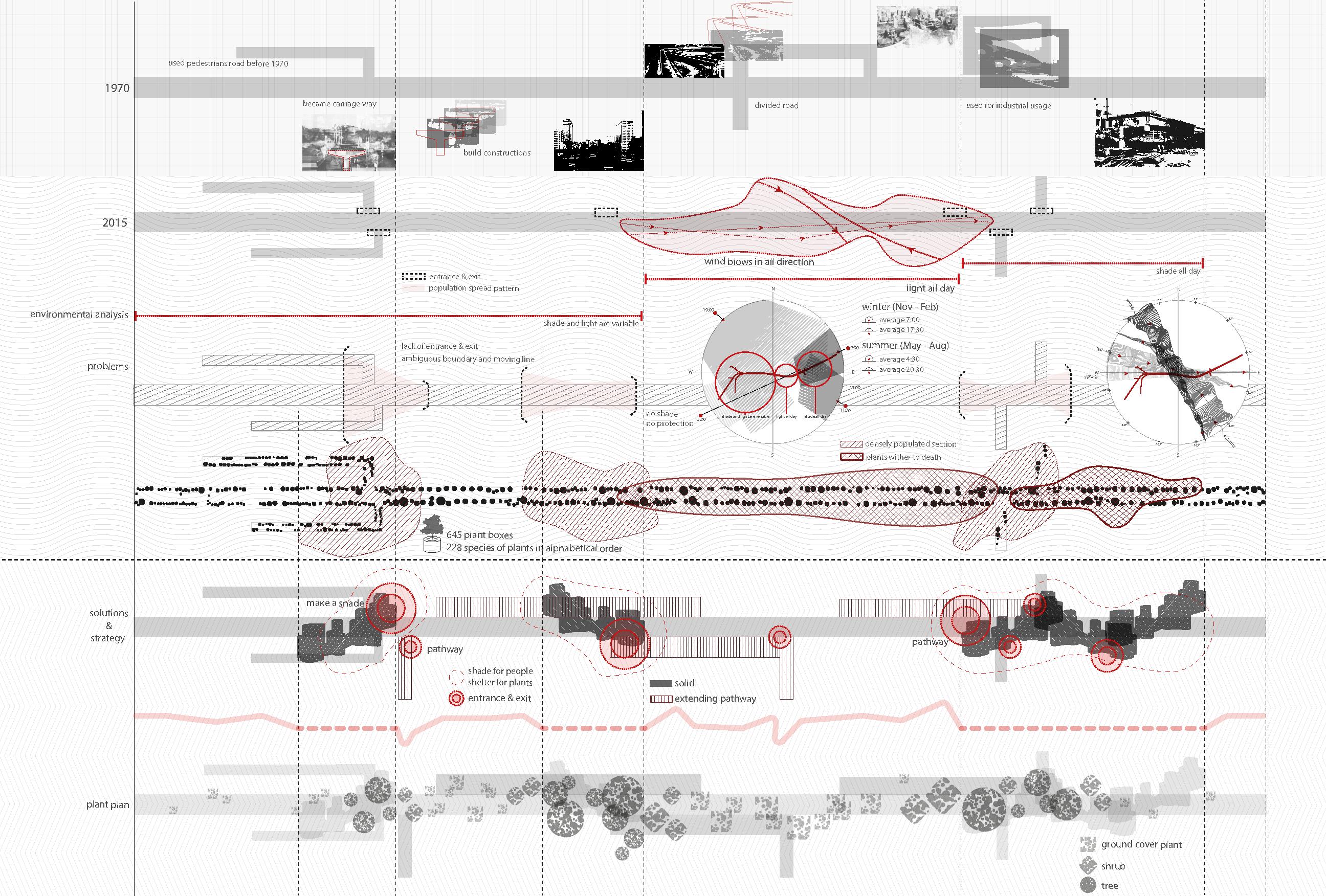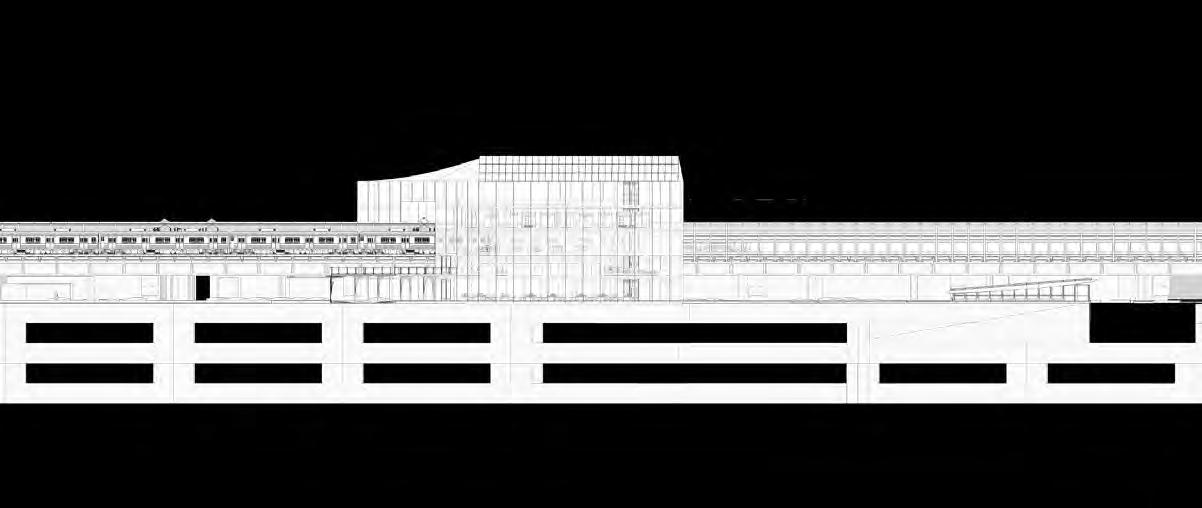PORTFOLIO
Landscape Architecture

YEONJAE YANG
2019 - 2024 Selected Projects
YEONJAE YANG
Email finayang3004@gmail.com
Mobile | +447518793403

EXPERIENCE
Candidate of Chartered Landscape Architect CMLI | Landscape Institute
Submitting log, Attending CPD and studying professional practice with Chartered Landscape Architect mentor
Assistant Landscape Architect Populous
All RIBA stages in Landscape and urban complex scale projects based in the UK, Europe and Middle East conturies
FIFA World Cup SAUDI 2034 Stadium Complex Projects / Spanish Project / Egypt Project / UK Project
Stage 2 - Diagrams, CGI, Illustrative masterplan and sections, Hand sketches, Report
Jul 2024 - On going, London
EDUCATION
MLA | Master of Landscape Architecture, The Bartlett School of Architecture, UCL
Distinction on MLA 2 Portfolio and Technical Report
Jan 2024 - Present, London
Stage 3 - Revit modelling, Material / Planting Schedule and Palette, MIDP control, Plans, Sections and Typical detail drwaings
Stage 4 - Production Tender document (Drawing,Schedule) and Coordinating design changes with other departments and consultants with QAQC
Stage 5 - QAQC review and Finalising drawings (UK Project)
Landscape Designer | Suwon-si Sustainable City Project
Design public space for local residents and participated in design management during the construction
Art Tutor | Llion Art
Tutoring highschool students drawing and graphic skills in private institute
SKILLS
Sep - Dec 2019, South Korea
BLA | Bachelor of Landscape Architecture, Kyunghee University
Excellence Prize on Graduation Project
Feb 2016 - Jan 2018, South Korea
The 17th Korean National Exhibition of Landscape Architecture
Special Selection Prize Graduation project, team project (included in the portfolio), Exhibited
Kyunghee University College of Art & Design
Excellence Prize about ‘Inclusive City’, team project (included in the portfolio) , Exhibited
Kyunghee University LINC+Enterprise Organisation
Suwon-si Sustainable City Project, team project, Exhibited
AWARDS LANGUAGE

01 | WINE ROMANTICISM ALONG THE RHINE
MLA 2 / THE BARTLETT SCHOOL OF ARCHITECTURE, 2023
Distinction - Final portfolio , Technical report

Along the Rhine River in Germany, the climate crisis has caused increasing floods and droughts impacting the rich local wine culture, which has existed since the Roman Empire. Bingen, a wine region, has been facing difficulties with the production and quality of local wine varieties, especially Riesling, due to changing climate conditions. This project proposes to transform the land around Bingen over the next 50 years into a network of wetlands and rice paddies, which will adapt to changing climate conditions and will bring a new era in Bingen’s wine identity through the gradual replacement of Riesling wine production with rice wine. In this way, wine romanticism, which began in ancient times, will continue to form a crucial part of the landscape of Bingen. SITE ANALYSIS

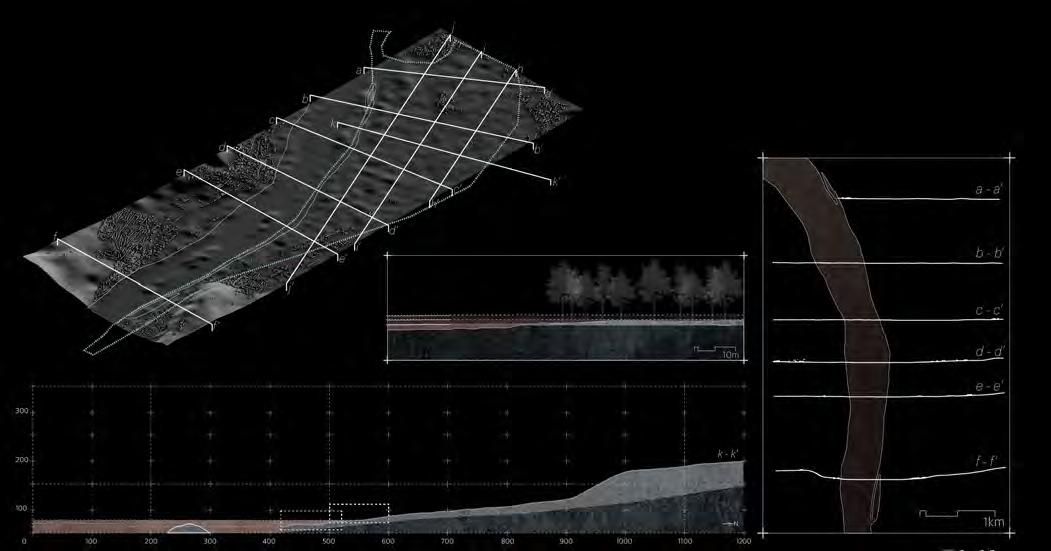
Topographic analysis has revealed significant challenges facing the existing winery in Bingen, primarily focused on Riesling wine production. Climate change is projected to lead to a decline in production, while the flat agricultural land is at risk of extensive flooding in the near future due to rising water levels in the Rhine. These findings underscore the urgent need for preventive measures to address the impending economic and environmental crises.
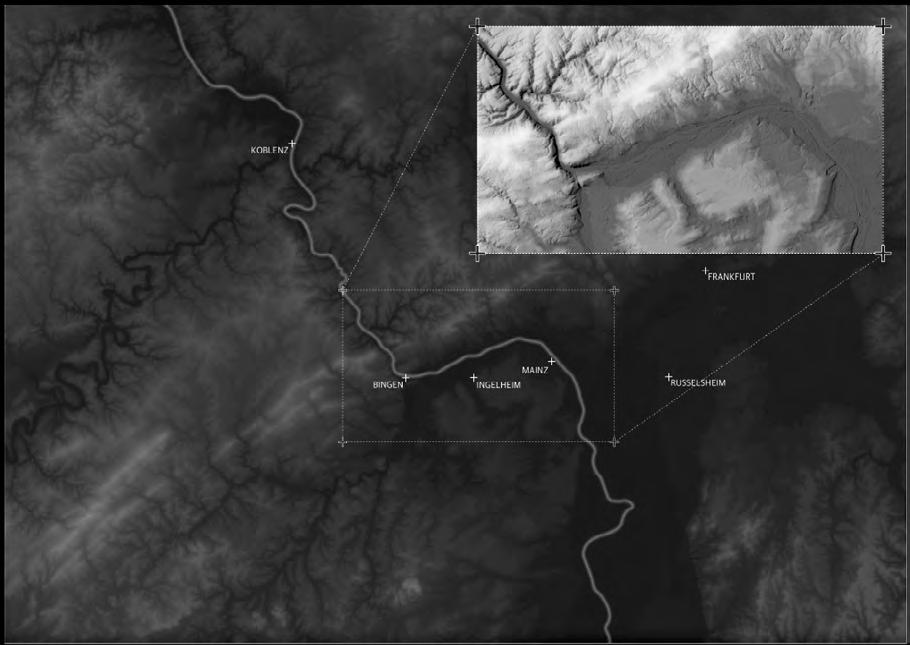
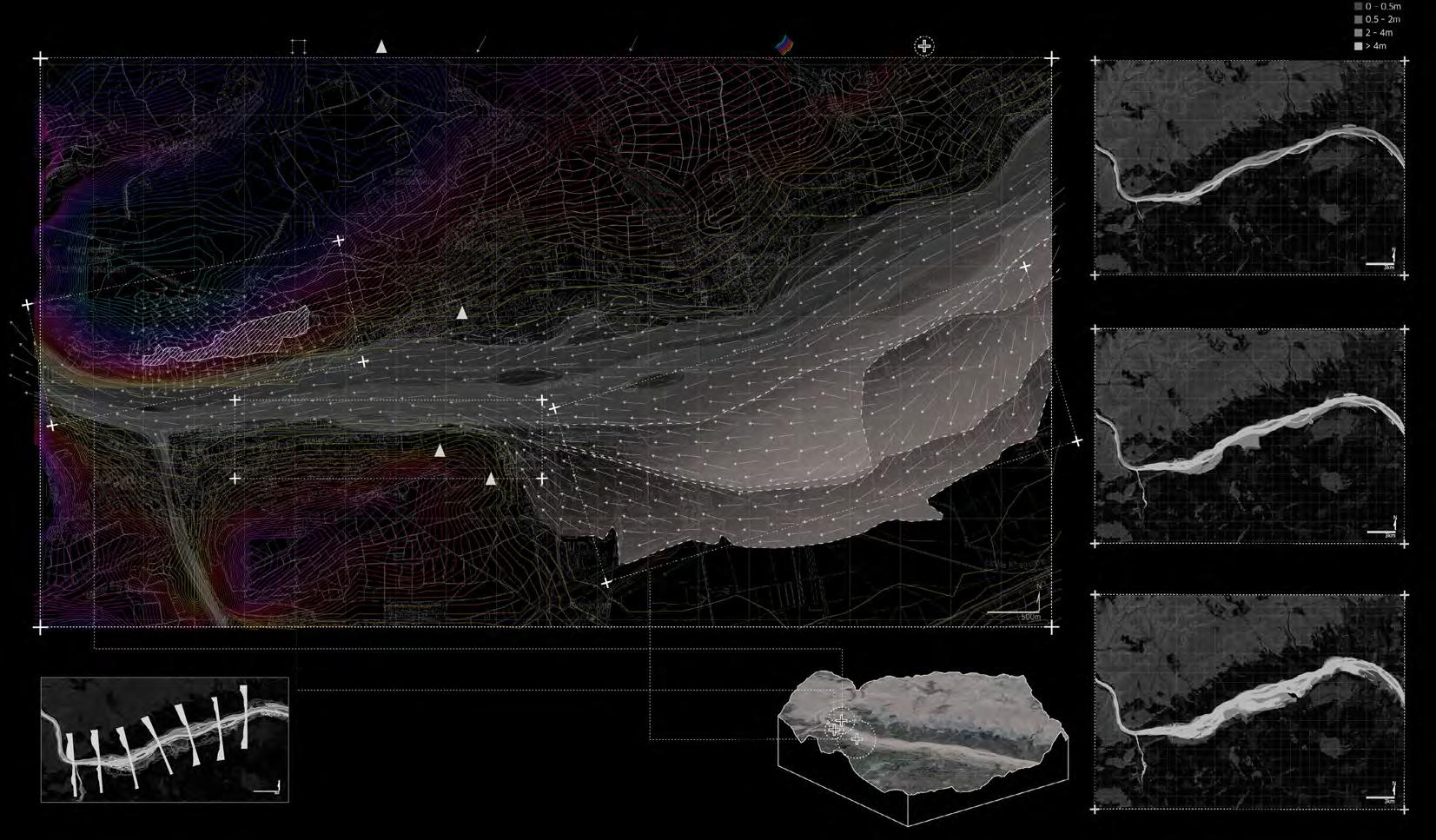







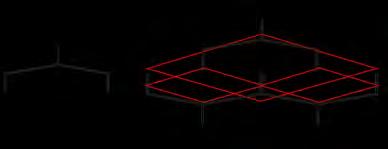



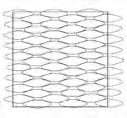

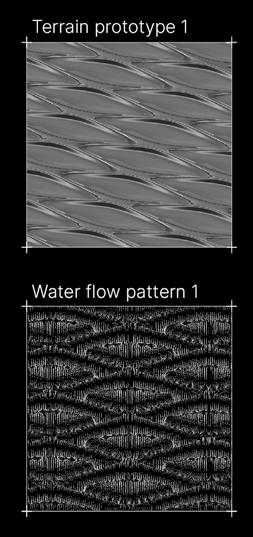


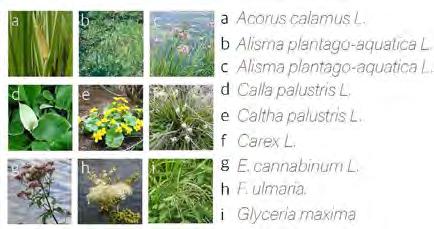

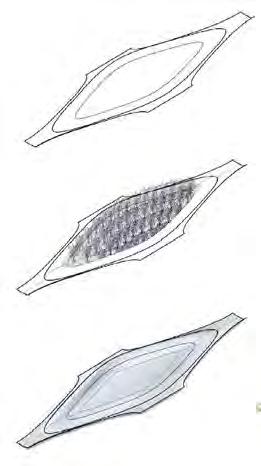
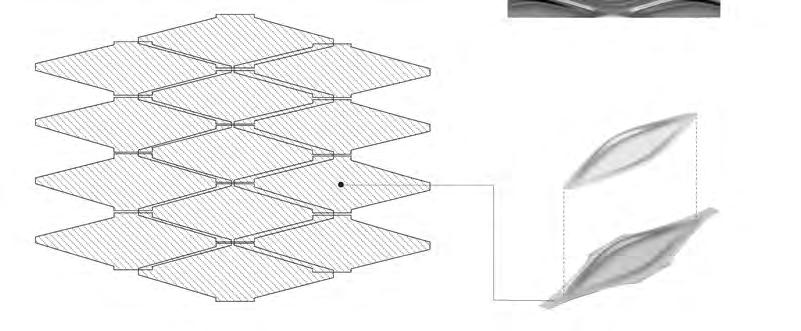
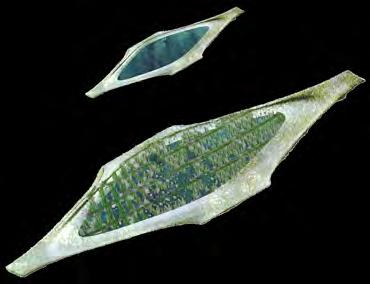
The revised terrain prototype, developed through terrain model experiments and water flow simulations, will be integrated into the project as a foundation for the topography, paddy field layout, and overall design language.




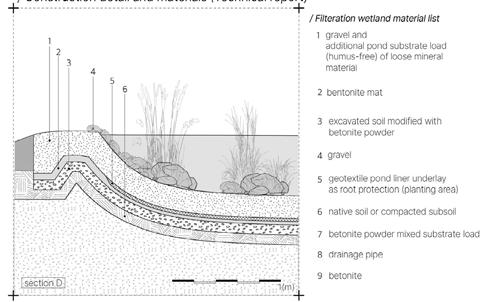


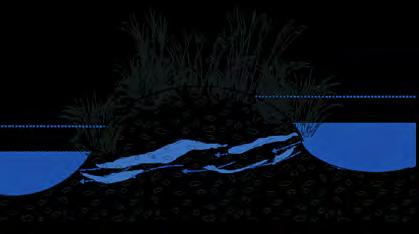
01 Bingen Winery - Non Flooded 02 Bingen Winery - Flooded 03 | Wetland and Water Storage - Non Flooded
| Wetland and Water Storage - Flooded
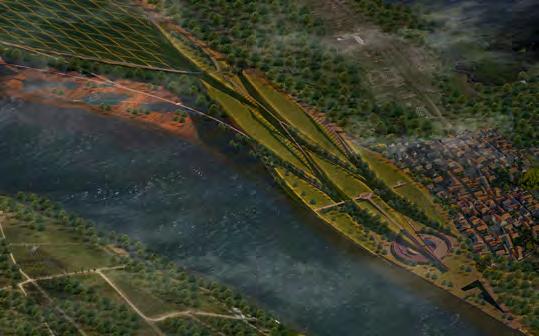
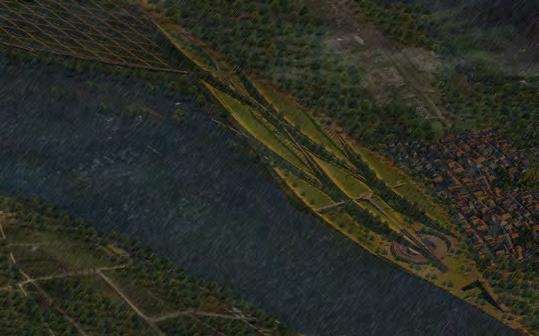


The wetland will serve as a natural purifier for floodwaters from the river and act as a buffer to mitigate extreme flooding. The purified water will be stored in a designated reservoir to ensure a reliable water supply during the rice cultivation period.
PERSPECTIVE VIEW 05 Bingen Winery - Day / Non Flooded 02 | Bingen Winery - Night / Flooded 03 Wetland - Day / Non Flooded 04 Wetland -Night / Flooded
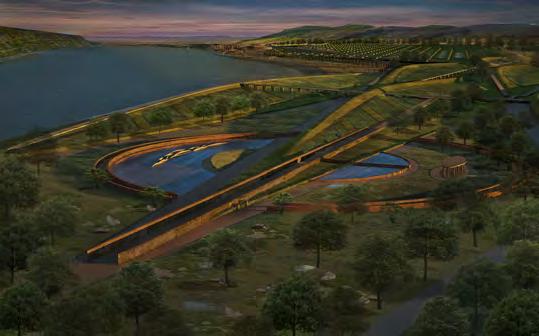


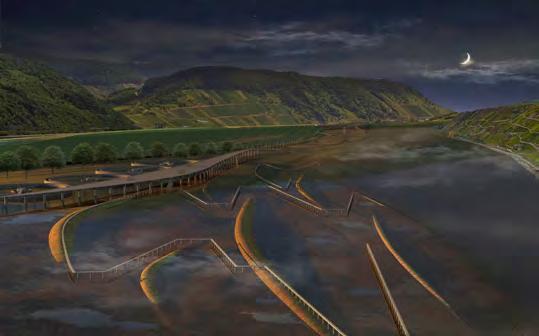
The rice paddies will yield an optimal quantity of rice for rice wine production, positioning the local winery as a central hub for European rice wine exportation. As Riesling wine production declines, Bingen rice wine will fill the gap, emerging as a distinctive regional product that reinforces the area’s identity.
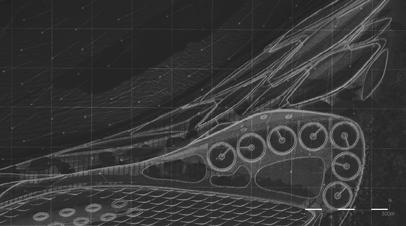


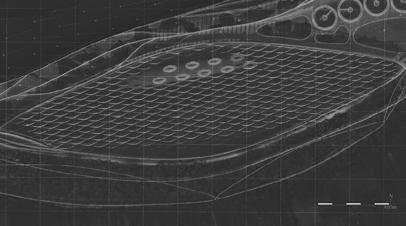
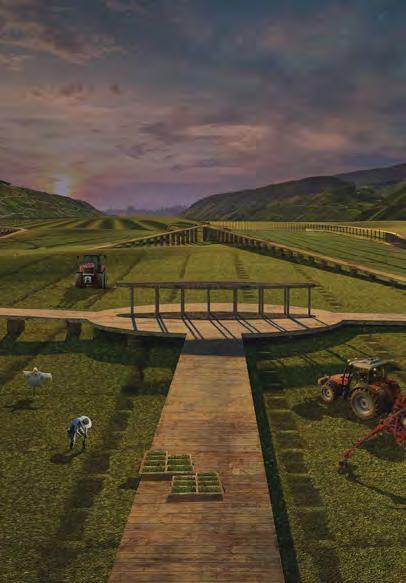
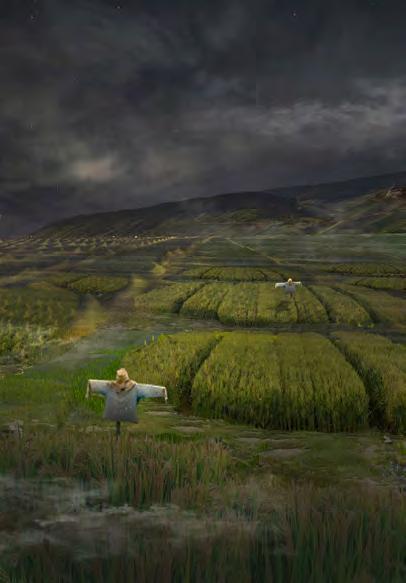
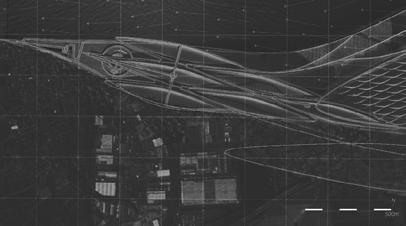
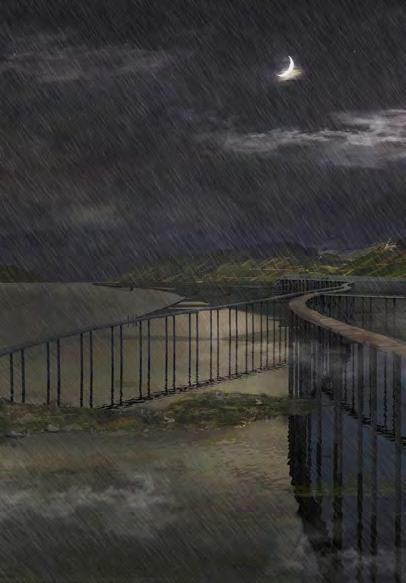
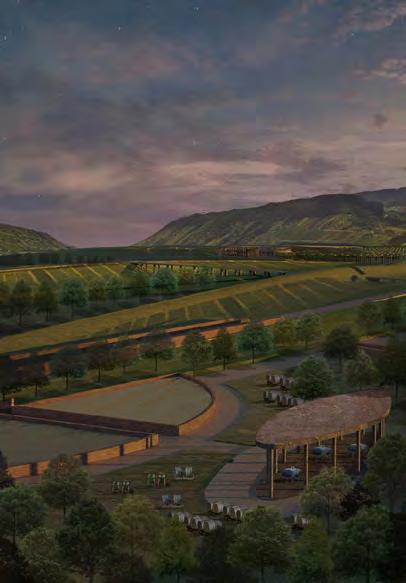

NEW CONNECTIONS
MLA 1 / THE BARTLETT SCHOOL OF ARCHITECTURE / 2022
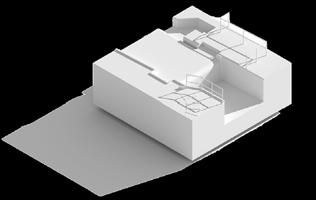








process 3: Landscape impacts and ecological functions
become a home for canal fishes to hide and for aquatic plants growing in Fishes can rest, sleep, and avoid disturbance in these small gaps. Cubes purify the water quality by supporting plants to deepen their roots.
Between the mid-19th and 20th centuries, an expanded railway network facilitated access to popular coastal resort towns in East Suffolk, accommodating significant seasonal traffic from English holidaymakers. Today, many of these railway lines have been decommissioned, leaving numerous coastal towns accessible only by car. This project proposes reopening the Saxmundham-Leiston-Aldeburgh branch line, complemented by a new tram extension connecting Leiston to Sizewell Beach. The proposed Sizewell tram line will also function as an ecological corridor, linking agricultural fields with coastal dunes to support the movement of insects, birds, and small mammals. Additionally, this development aims to transform Leiston into a holiday hub and revitalize the regional identity of Sizewell.
Plants water lilies water poppies bulrushes rushes mash marigold meadowsweets purple loosestrife





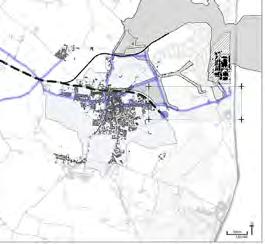


The landscape design language, derived from existing historical elements, will establish a new form of connection while maintaining consistency with the region’s identity.


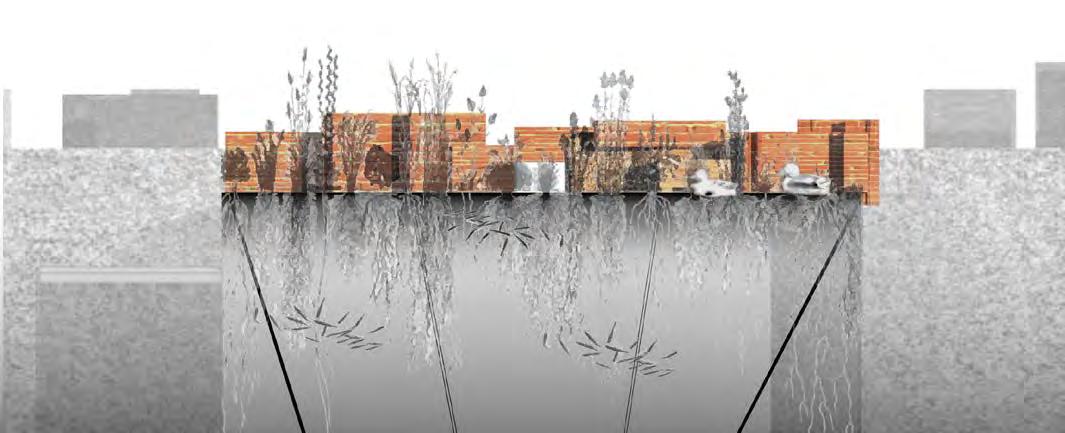
DESIGN STRATEGY

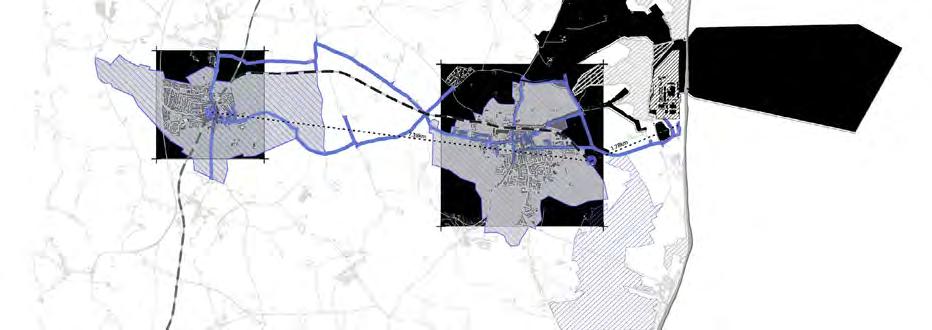


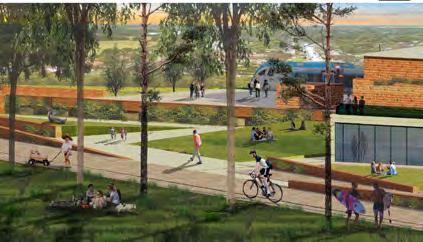


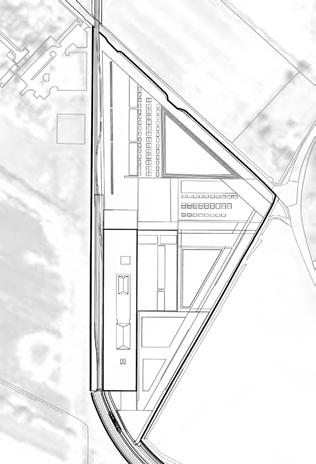


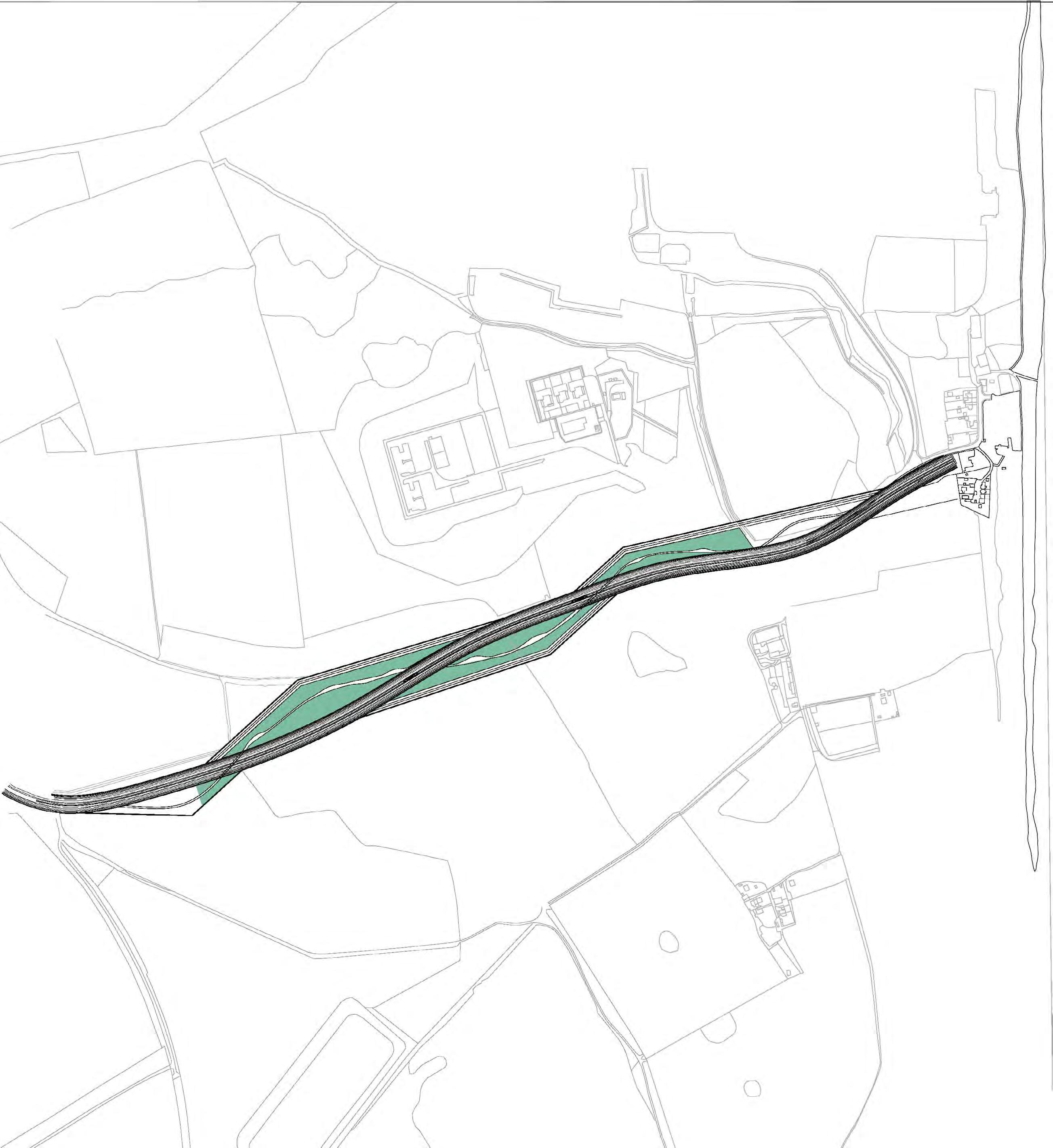




/ IXTJ (TEAM WITH ARCHITECT AND URBAN DESIGNER) / 2021
The site is neglected, with limited access and issues like soil erosion. A proposal divides the area into human-scale structures (guesthouse, training center) and a landscape-focused observation zone. A rectilinear wall buffers the wetland and land, featuring mounds, water gardens, and observatories. Carved openings offer waterside views, while a submerged mound provides a meditative space where light enhances the experience. Visitors can enjoy panoramic views and observe flamingos in harmony with nature.















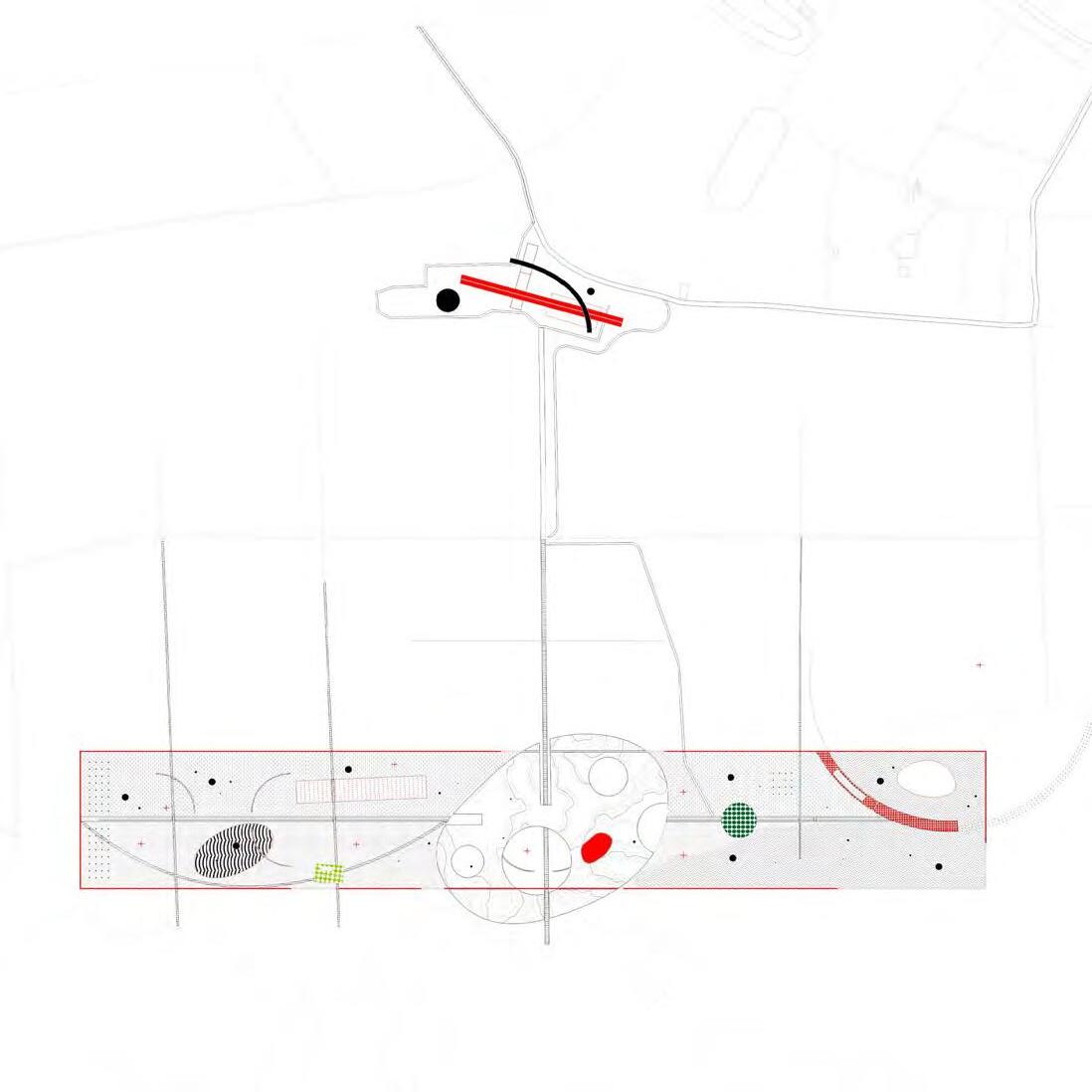


















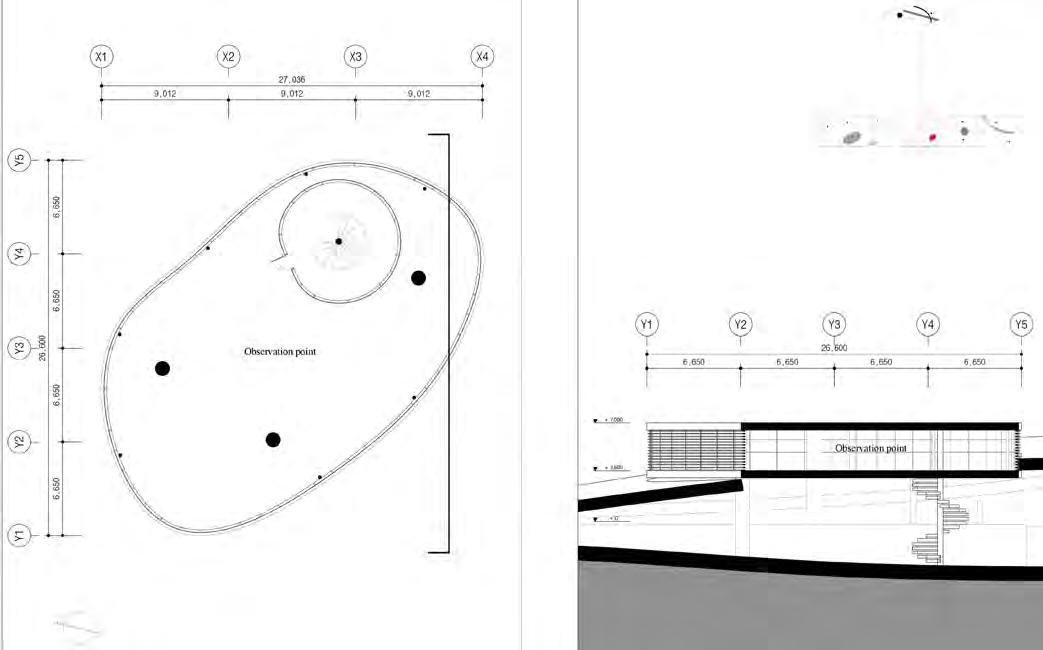

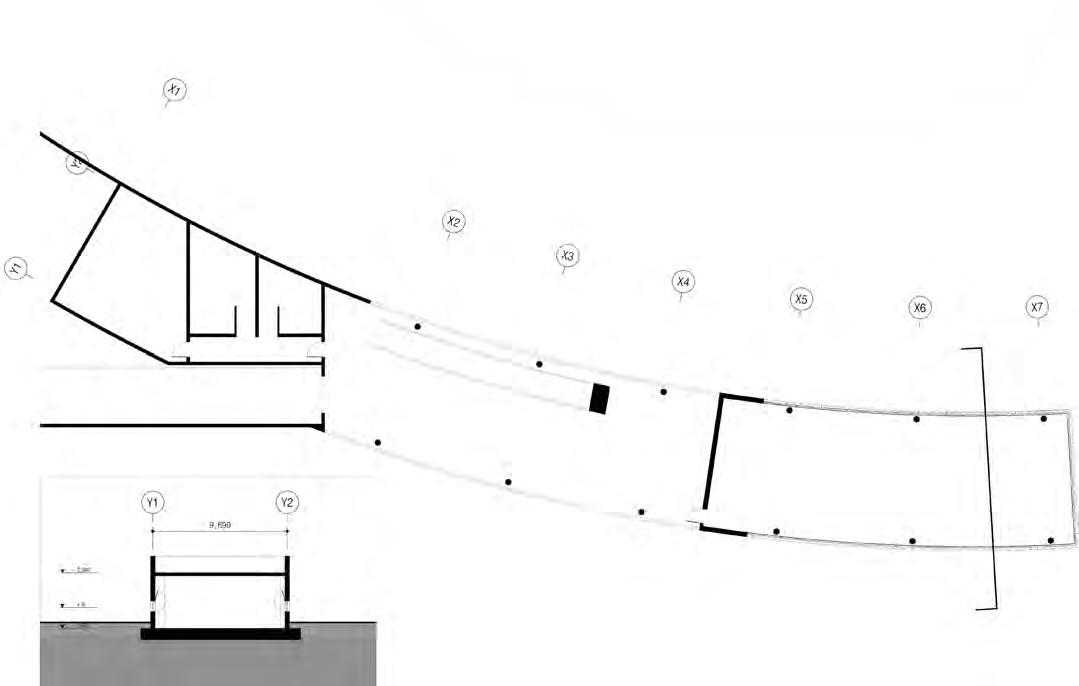
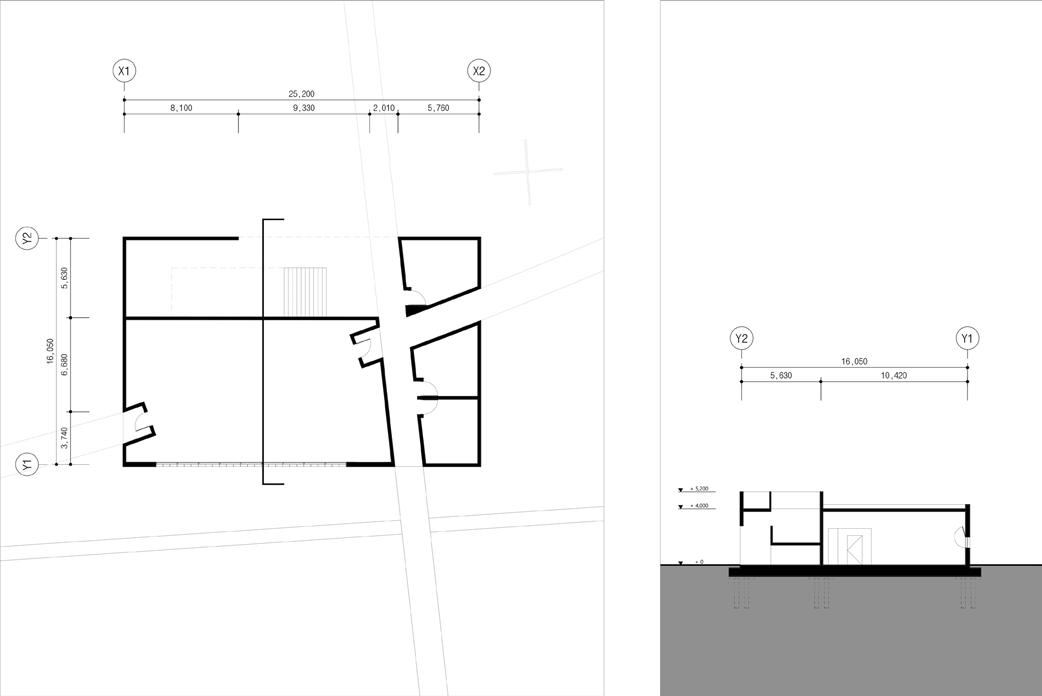





Songhyun is the name of a site which means pine tree hill. The site has been known as cultural and historical center of Seoul. However, the site has been vacant until 2020 due to difficulty of relational balance between cultural and traditional



















SITE SUN ANALYSIS




Six angles are deducted through the project’s Korean eye’s view study between the site and three mountains around the site.
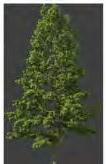



The refined and intricate details of traditional Korean houses will serve as the guiding design language for this project. This elegance, though understated and unembellished, embodies a timeless simplicity and excellence that seamlessly harmonizes with the surrounding landscape. Furthermore, it reflects the spirit of traditional Korean craftsmanship and the wisdom of ancestral heritage, infusing the project with cultural depth and authenticity.




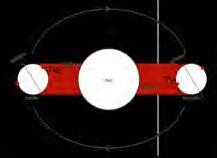


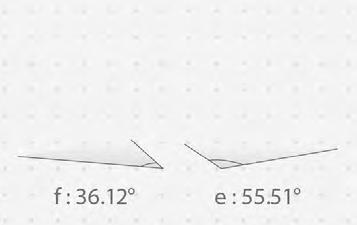

01 | Human’s Eye View Angle 02 | Similarity Ridgeline
| Human’s View Angle
Void and Openspace







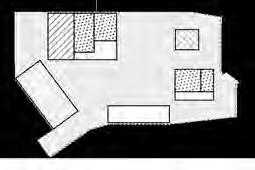


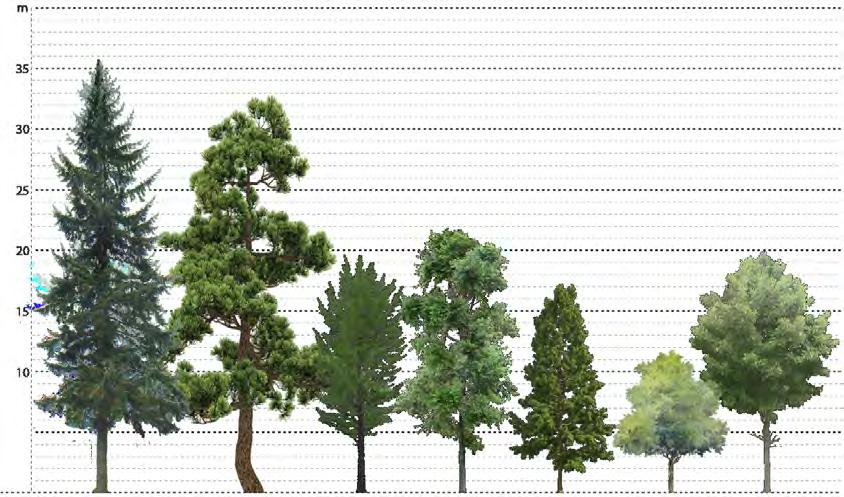
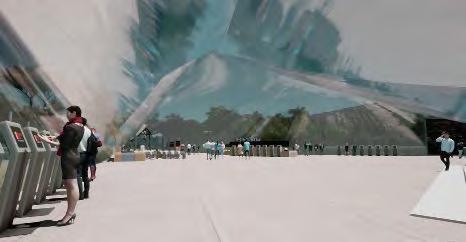























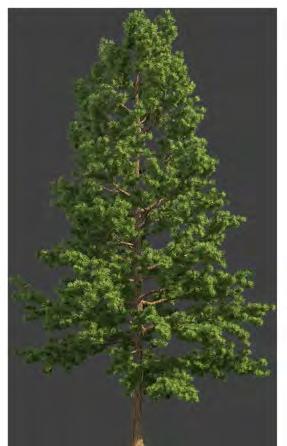










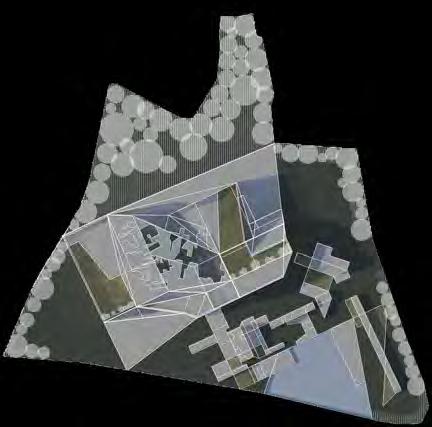























ACADEMIC / PERSONAL WORK / 2019
Seoullo, originally constructed as an overpass for economic development in the 1970s, was slated for demolition due to safety concerns such as structural deterioration and weight issues. Over 30 years later, the Seoul government held a competition to repurpose the overpass for pedestrian use, with a design selected from a leading design firm. However, the implemented design led to significant challenges, including path area limitations, plant maintenance issues, and high post-construction costs. For sustainable design in South Korea, adapting to the local climate is a crucial consideration. Based on a comprehensive site study, this project proposes a renewed design that prioritizes pedestrians as the primary users and incorporates a planting strategy tailored to the environmental conditions of Seoul.
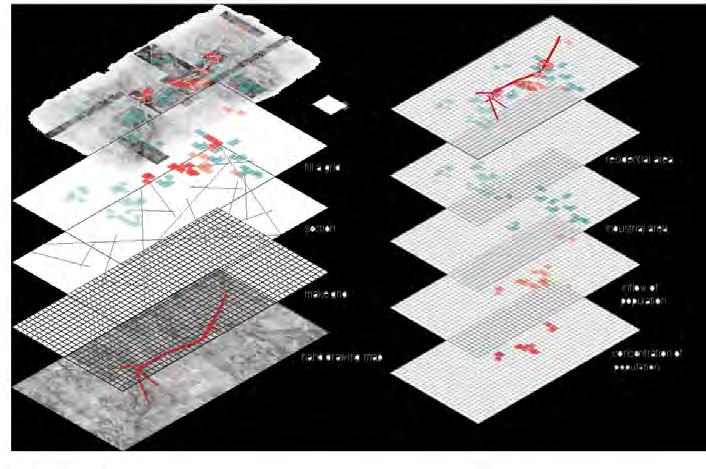


The analyzed data on population and pedestrian influx patterns reveal the usage dynamics of the Seoullo overpass. Through experimental modifications in the formation, a design mass study has resulted in the creation of a new type of space.

